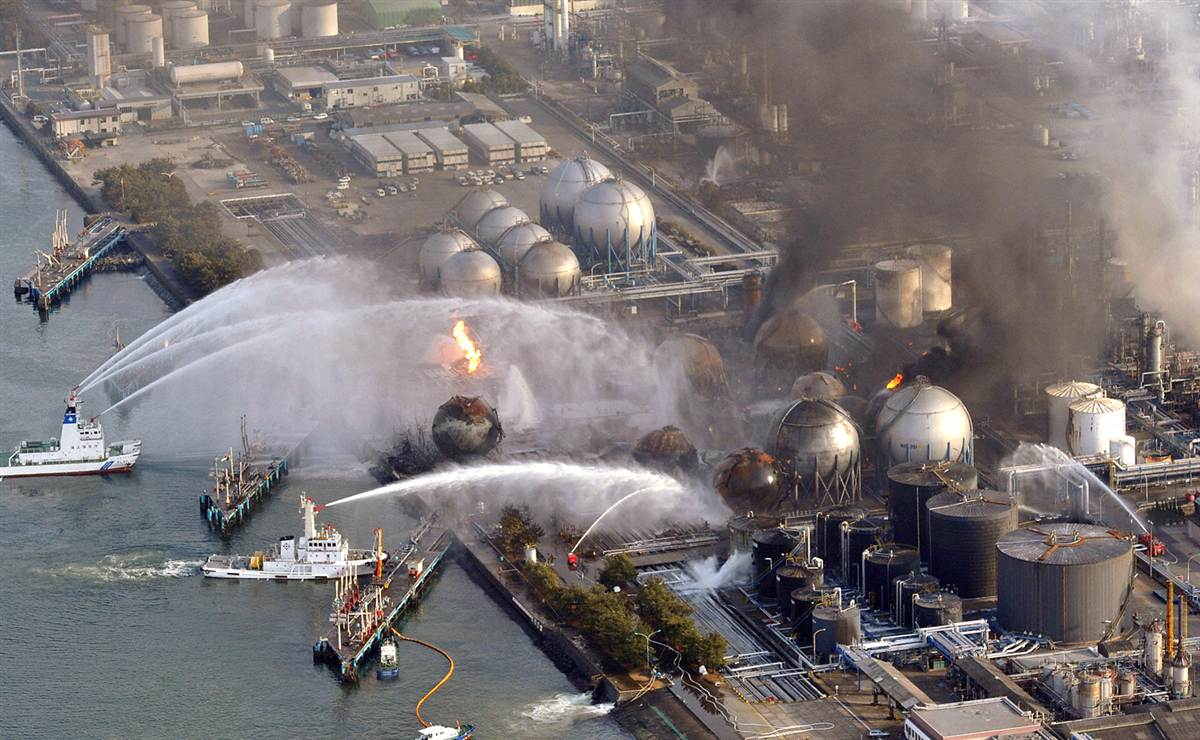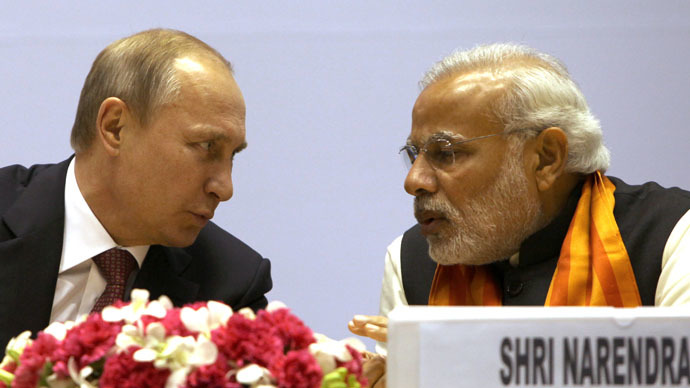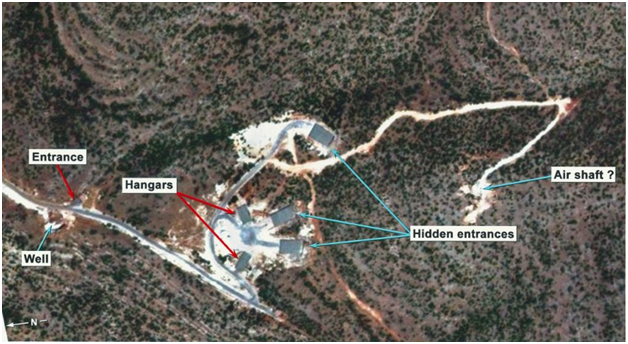I have posted many times about the Fukushima nuclear disaster in 2011 and its aftermath. I also post a lot of links to articles about the consequences of the Fukushima disaster. It has impacted Japan socially, economically, politically, environmentally, and in many other ways. One of my reasons for all these Fukushima postings is to help people all over the world understand just how damaging a major nuclear accident can be.
Unfortunately for the people of Japan, the Japanese government under Prime Minister Abe is committed not only to the restart of most of the Japanese reactors, idle since the disaster, but also making nuclear technology exports a major part of Japan’s international trade. Considering the fact that half of the nuclear technology being exported from Japan is not inspected, it might not be a good investment for other countries to purchase Japanese nuclear components and reactors.
Reacting to the public backlash resulting from the Fukushima disaster and critical coverage in the press, Japan passed a new state secrets law. This new law has the stated purpose of “protecting national security by restricting the release of information about defense and diplomacy, or keeping information needed to prevent terrorist attacks and “specified harmful activities” confidential.” The new law is not just applicable to government bureaucrats and major defense contractors. Lawyers say that portions of the law including a requirement that anyone handling state secrets must have a background check could have an impact on academic research. The law contains three hundred and eighty two named subjects as state secrets under the law.
Critics of the law point out that there is no powerful independent agency outside of the government that has the authority to decide what exactly falls under the new law. There were supposed to be external oversight agencies set up as part of implementing the new law but political arguments resulted in the law going into effect without the promised oversight. Academics are afraid that the ambiguity of the law could be used to persecute scientists who upset the government.
The existence of the law and the practice of the government in designating major media as “approved,” have helped to suppress criticism of the government’s and TEPCO’s response to the Fukushima disaster. The “approved” media are afraid to publish stories that are “too” critical of government and industry. Independent journalists without the support of a major corporation will be vulnerable to claims that they violated the new law by publishing articles about radiation levels around Japan, organized crime’s involvement in the nuclear industry, health problems caused by Fukushima radiation and corruption in the Japanese government and nuclear industry. The government and TEPCO have already been caught withholding accurate data about environmental damage from Fukushima, related health problems and the seriousness of the damage to the power plant and the dangers it still poses. This law will serve to further prevent the Japanese people from receiving a full accounting of the causes of, nature of and consequences of the Fukushima disaster. This is especially troubling because of the current push to restart the Japanese fleet of reactors and to export Japanese nuclear technology.
Fukushima power plant just after the disaster:







